The Berlin Defense is a chess opening for Black that stems from the Ruy Lopez which starts with 1. e4 e5 2. Nf3 Nc6 3. Bb5.
With the Bb5 move, White enters the Ruy Lopez which is one of the oldest recorded openings in chess. Black can respond to the Ruy Lopez in various ways, however, in this article, we will be focusing on the Berlin Defense.
The Berlin Defense begins when Black replies to Bb5 with 3…Nf6.

After the Berlin Defense was introduced in the 19th century, it lost popularity after some time since it was regarded as very drawish and lacking attacking prospects. However, the Berlin began to gain attention when former world champion Vladimir Kramnik employed it in his world championship match against Garry Kasparov.
Kramnik would go on to win the championship. After Kramnik’s display at the world championship, the Berlin began to gain more popularity and in recent times, it has become a favorite of many grandmasters.
After 3…Nf6, Black is now attacking the e4 pawn while developing a piece. The major variations that occur after this position in the Berlin Defense are:
- The Berlin Wall
- The Anti-Berlin
The Berlin Wall
1. e4 e5 2. Nf3 Nc6 3. Bb5 Nf6 4. 0-0
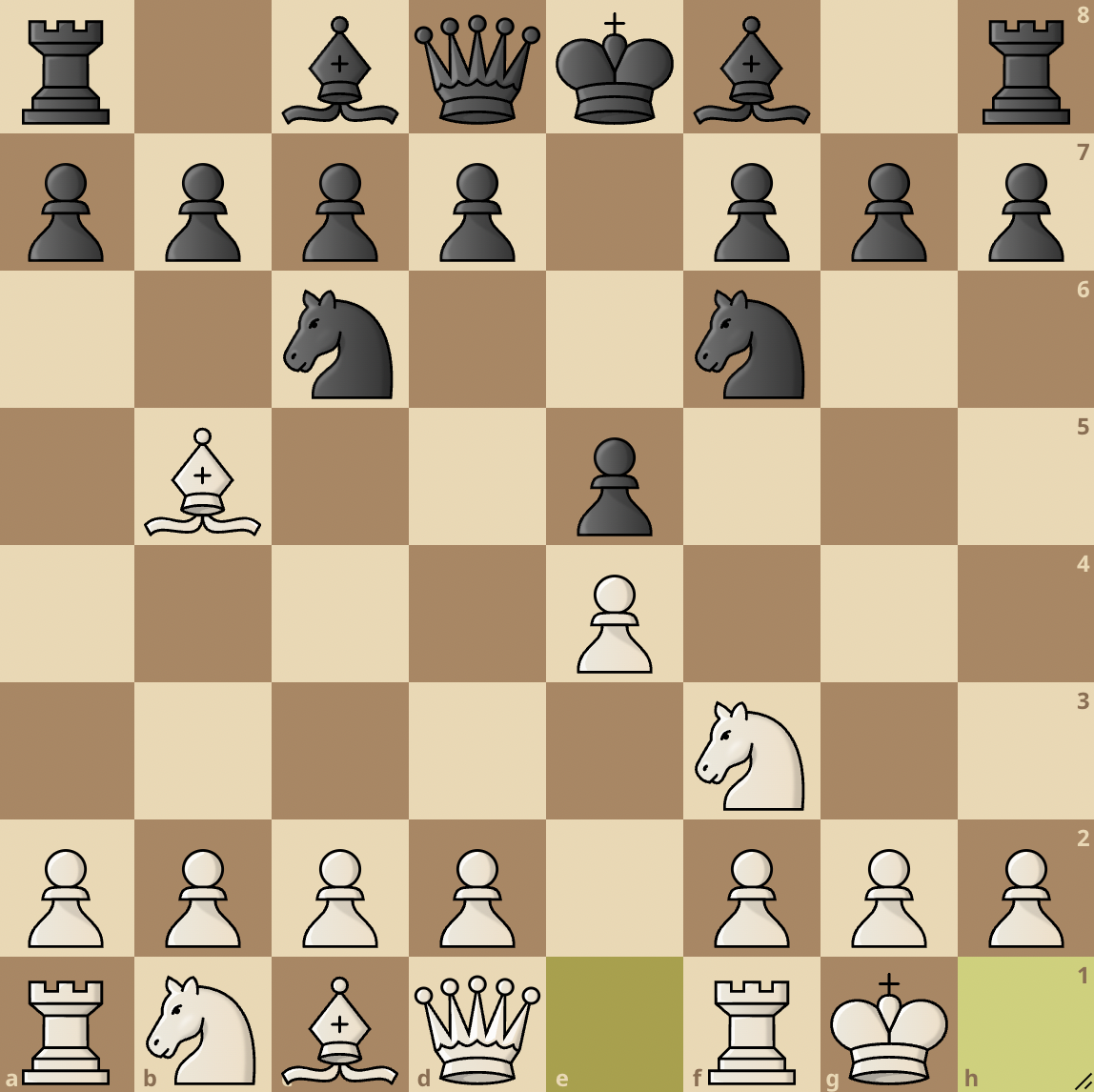
The Berlin Wall is the most popular variation in the Berlin Defense. It starts after White castles with 0-0. White quickly castles their king to safety and brings the rook closer to the center.
By castling, White also leaves the e4 pawn vulnerable so Black captures it with 4…Nxe4. From here, there are two main continuations for White: 5. d4 and 5 Re1.
5. d4
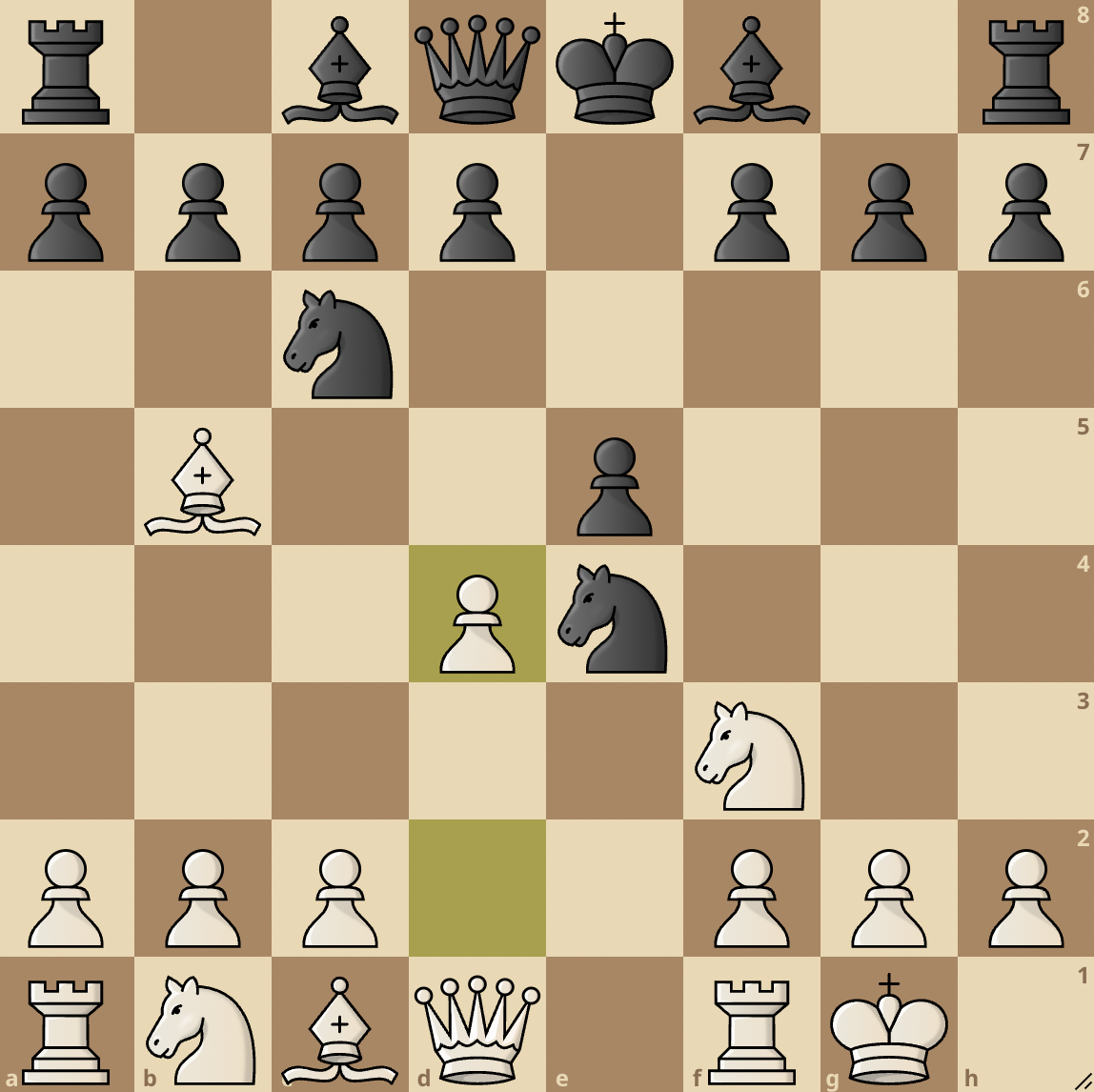
After Black captures the pawn, White continues with 5. d4. Black’s best move here is to play 5…Nd6. Capturing the d4 pawn is dangerous as White can pin the Black knight on e4 to the king with Re1 and this will cause Black a ton of discomfort.
After 5…Nd6, the white bishop on b5 is under attack. This position is known as the l’Hermet Variation. White can choose to either play 6. Bxc6 or 6. dxe5.
6. Bxc6
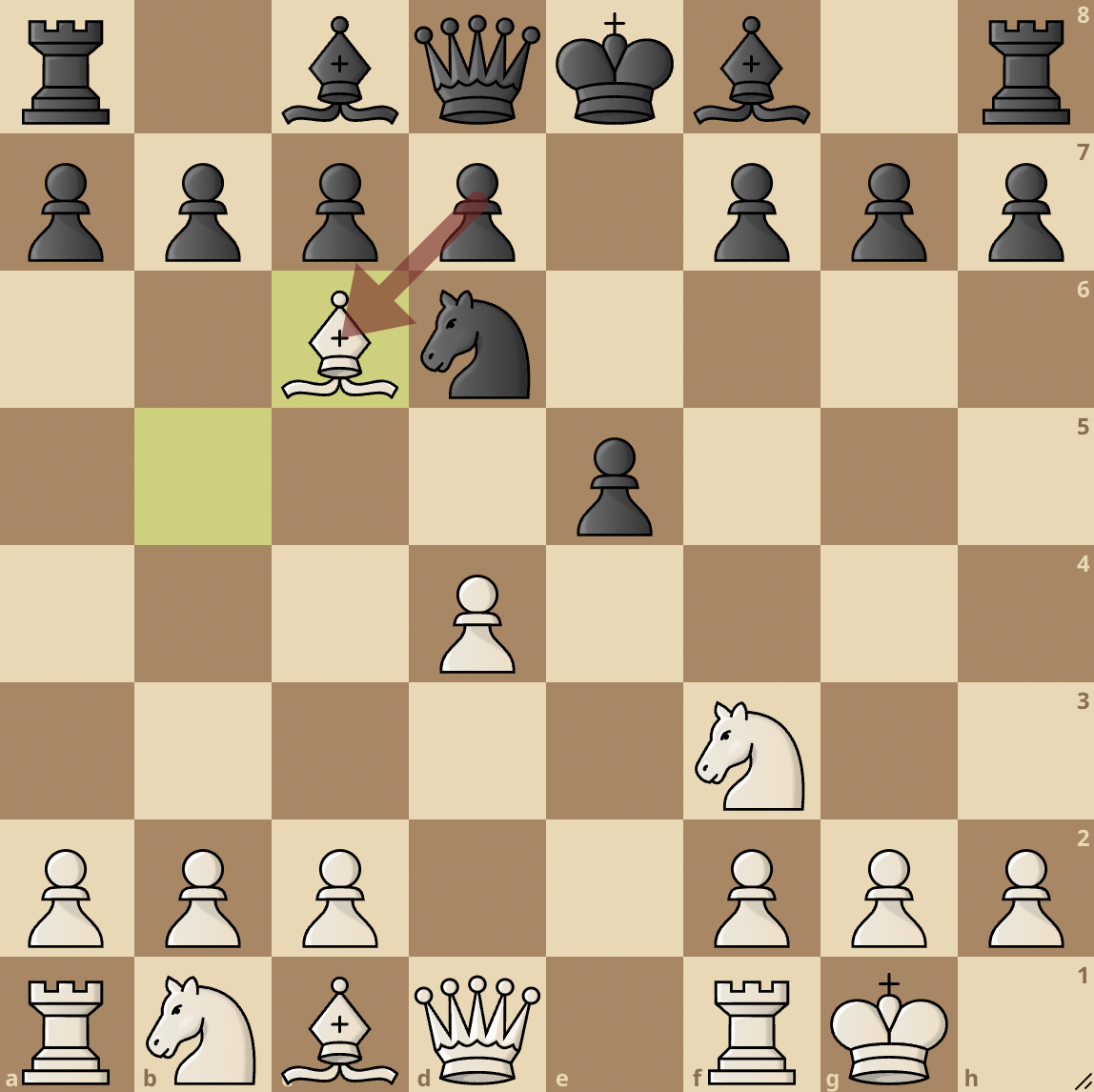
After 5…Nd6, White exchanges minor pieces with 6. Bxc6 and Black recaptures with 6…dxc6. White now wins back their pawn with 7. dxe5 and at the same time, forces the Black knight on d6 to move. Black moves with 7…Nf5 and a queen trade happens with 8. Qxd8+ Kxd8.

After the trade of queens happens, both sides enter a minor piece endgame. This variation of the Berlin is regarded as very drawish since there is no clear way to take advantage of the position.
However, some players are of the opinion that White holds a slight advantage with a majority of pawns on the kingside while Black has the bishop pair that can possibly become a threat.
6. dxe5

Another line in the l’Hermet variation starts with 6. dxe5. At first glance, it looks like White blundered their bishop but they can easily win the piece back and we will see just how it is done.
After 6…Nxb5, White plays 7. a4 and now the Black knight is trapped. White covers every square available to the Black knight.
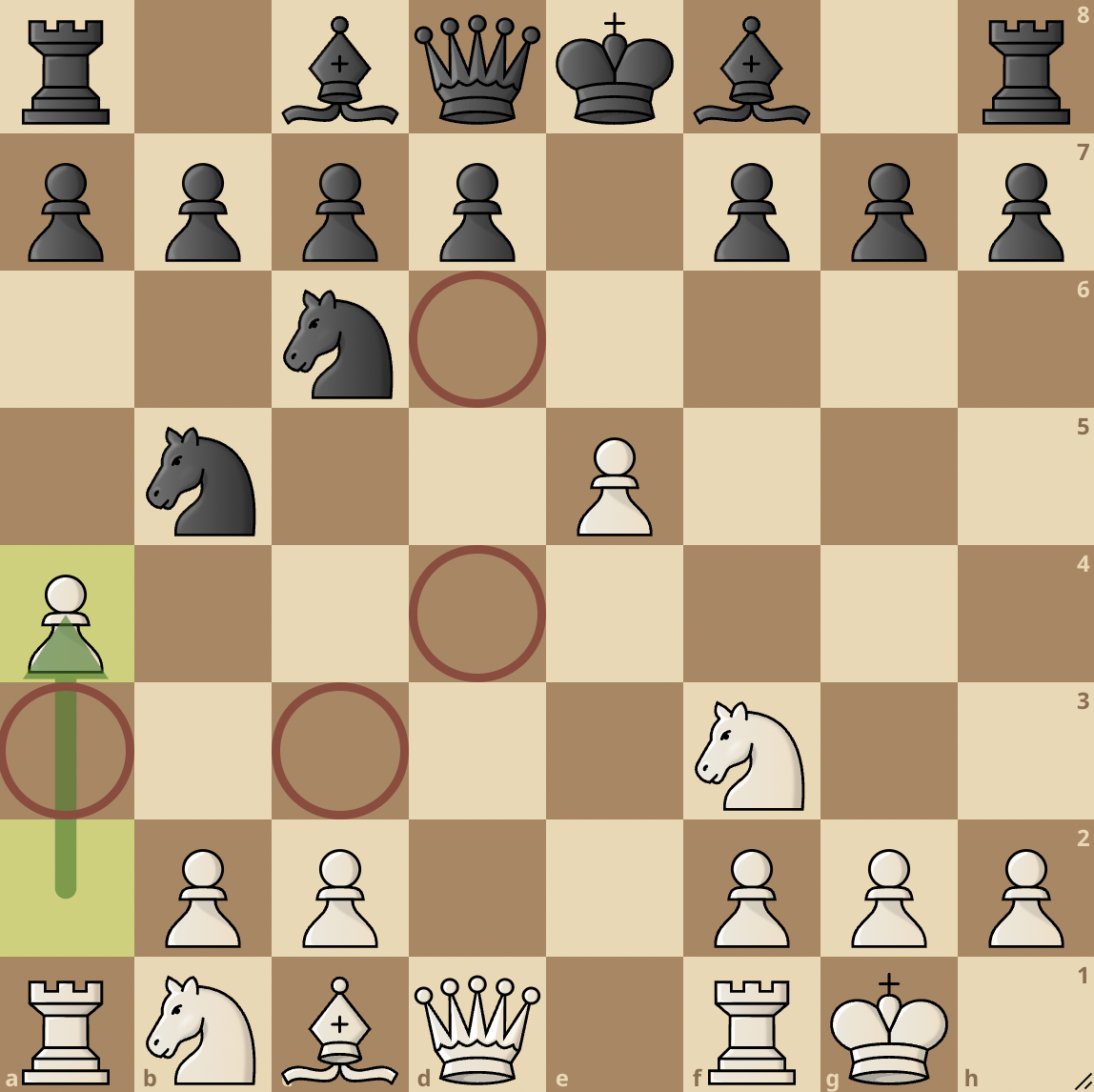
Black continues with 7…Nbd4 and White captures the knight with 8. Nxd4. Black plays 8…Nxd4 and White plays 9. Qxd4. Black now plays 9…d5 and after White captures en passant with 10. exd6, Black captures with 10…Qxd6.
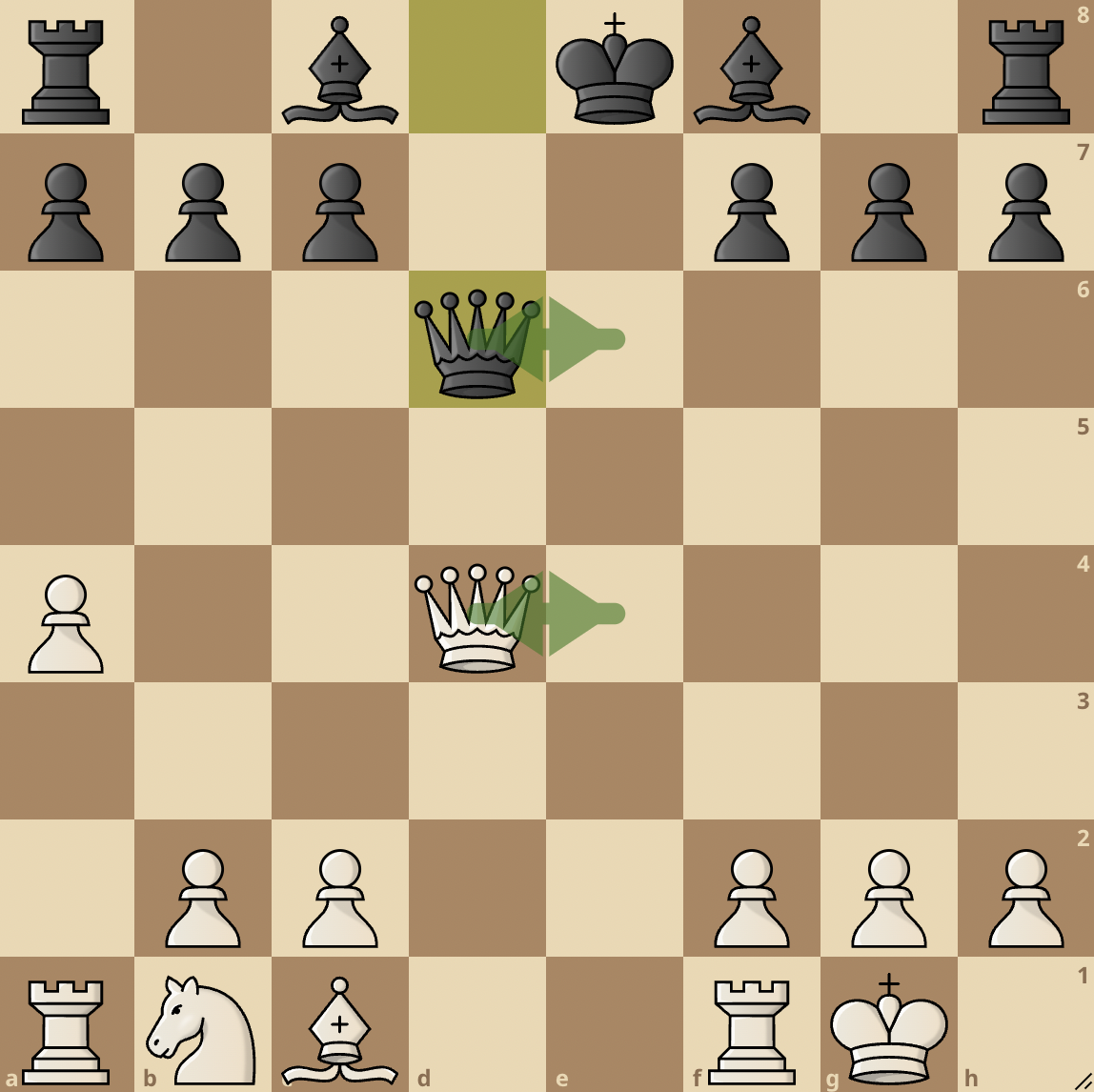
The position here is very equal. One interesting about this variation is that most players at the top level use it to gain a quick draw. This is because after …Qxd6, they repeatedly check the king with 11. Qe4+ Qe6 12. Qd4 Qd6 and the game ends in a draw after a threefold repetition.
We’ve seen how the game goes after White plays 5. d4, let’s now look at what happens if White instead decides to play 5. Re1.
5. Re1
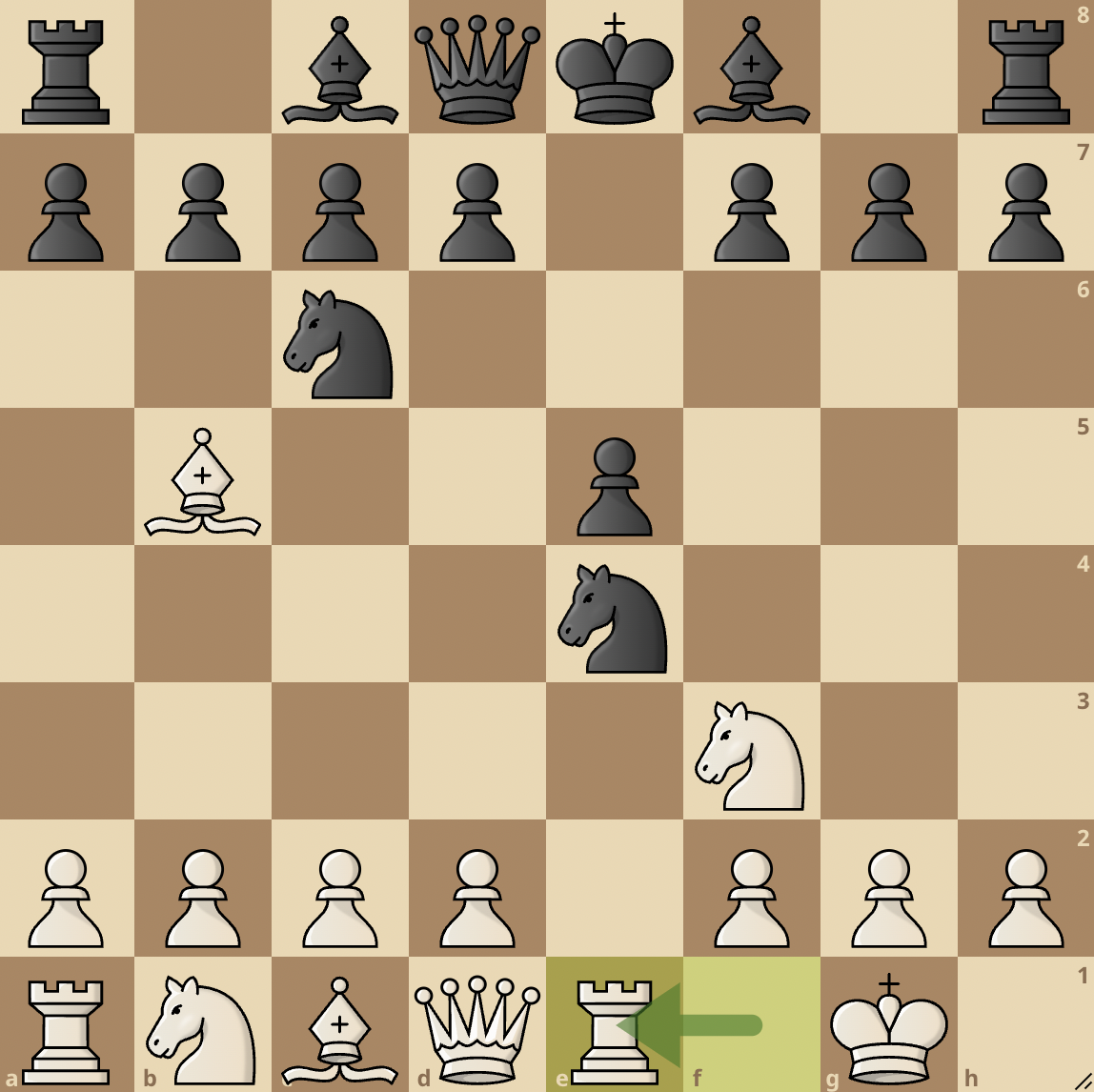
After Black captures the e4 pawn with 4…Nxe4, White can decide to immediately go after the knight with 5. Re1.
This move comes with an attack on the e4 knight so Black moves it with 5…Nd6. White now plays 6. Nxe5 winning back the pawn.
6. Nxe5 prepares a trap for Black and if they fall for it by capturing the b5 bishop thinking it’s free, they immediately lose their queen after Nxc6. Nxc6 comes with a discovered attack on the Black king and no matter what Black does, their queen will fall.
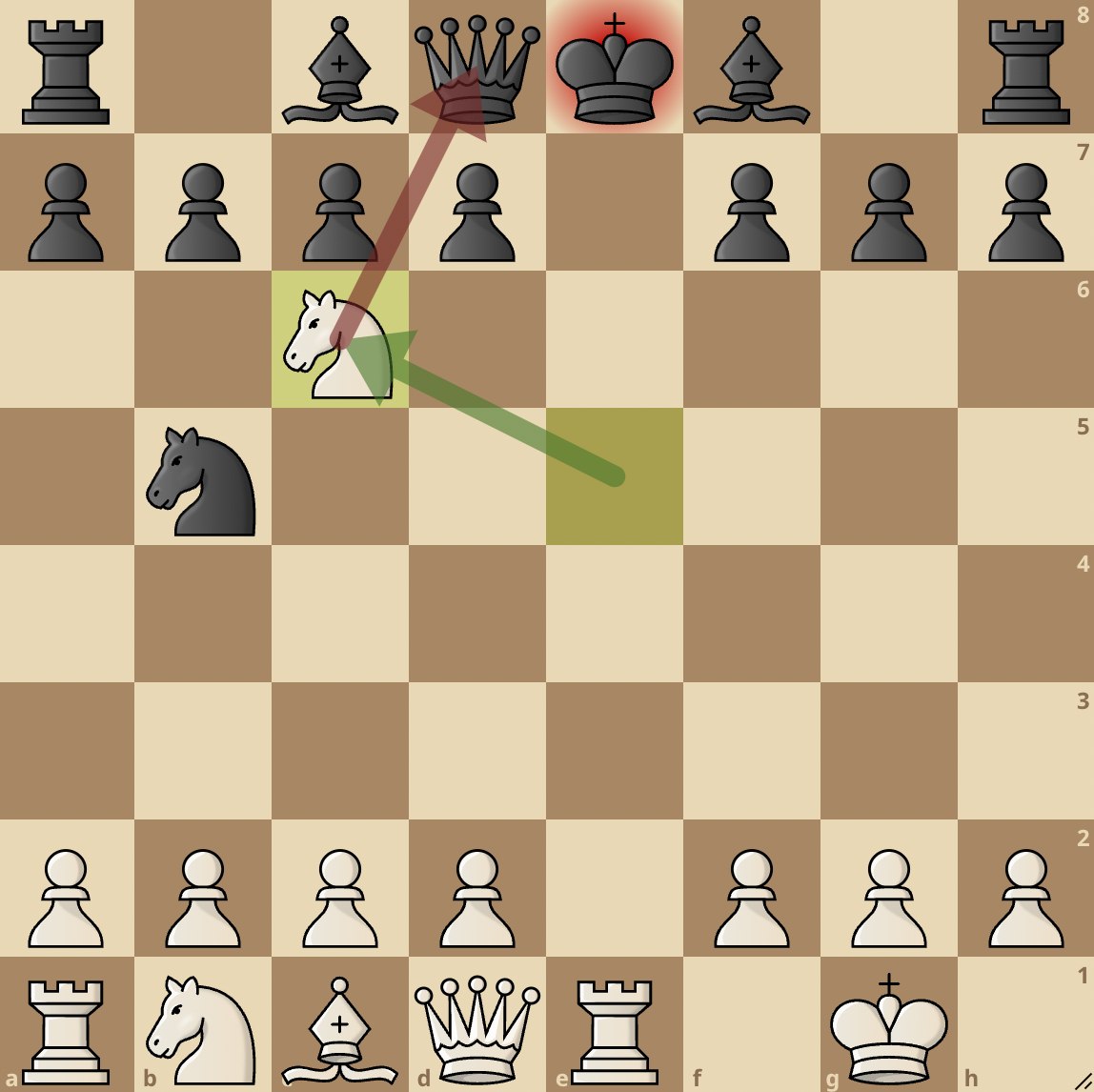
After 6. Nxe5, the correct continuation is for Black to play 6…Nxe5. White now plays 7. Rxe5+ and Black blocks the check with 7…Be7. White tucks their bishop away with 8. Bf1 and Black castles with 8…0-0.
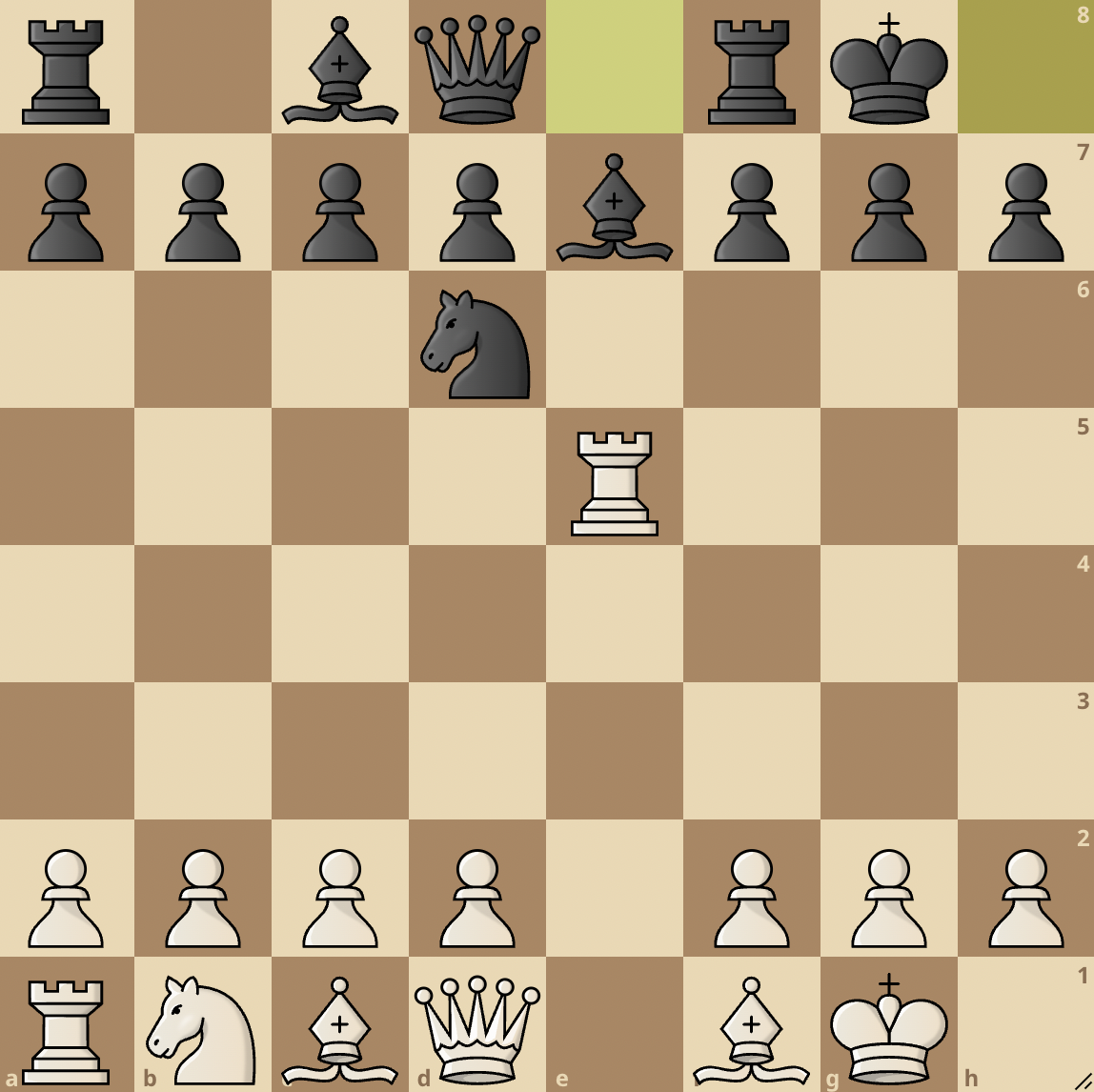
This position is quite equal for both sides and White can now start developing pieces. The bishop on f1 can actively reenter the game at any point.
Now that we’ve looked at the Berlin Wall variation, let’s take a look at the Anti-Berlin.
Anti-Berlin
1. e4 e5 2. Nf3 Nc6 3. Bb5 Nf6 4. d3
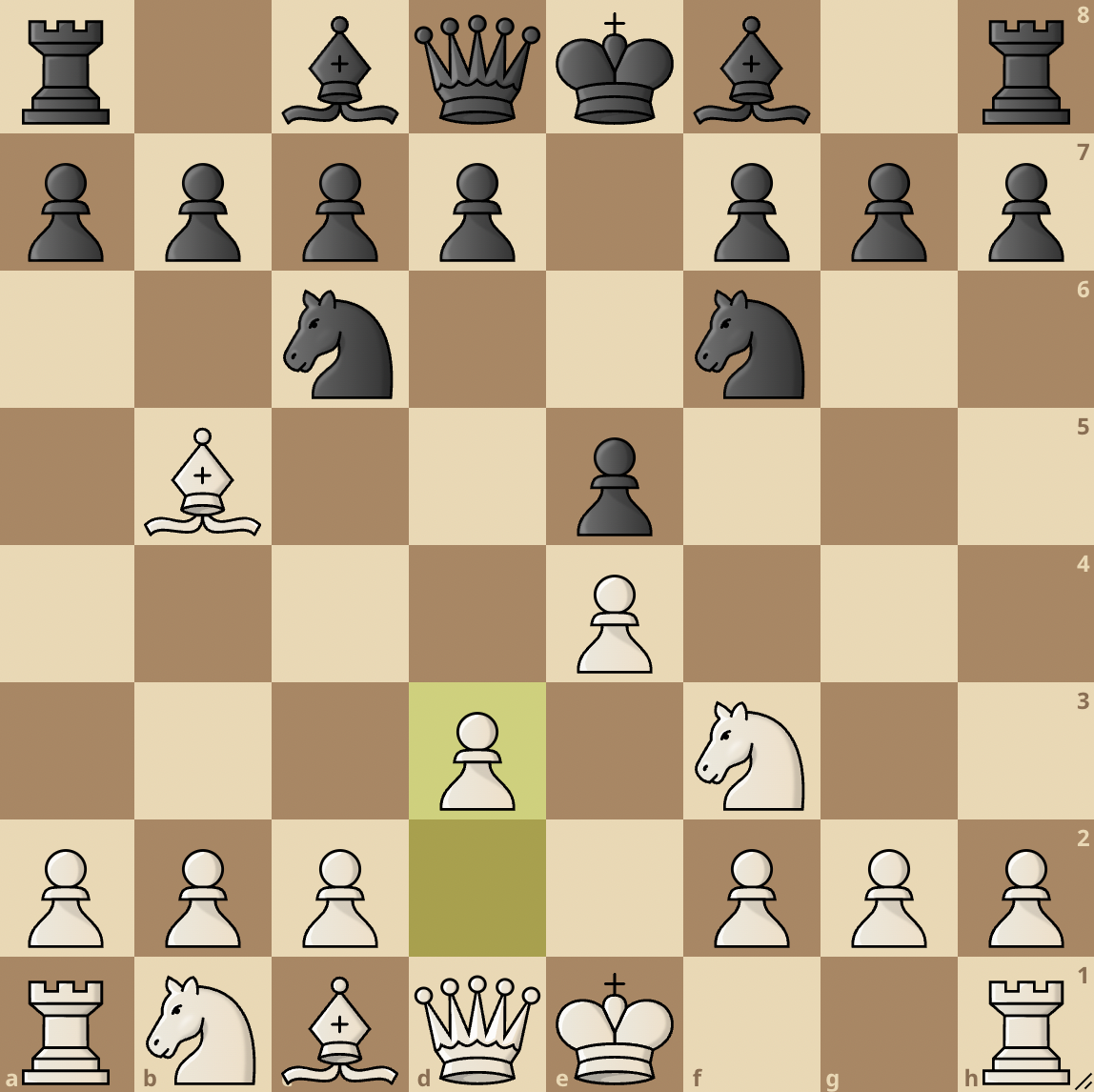
Most lines that emerge from the Berlin Wall result in roughly equal evaluations. Therefore, players play 4. d3 to avoid the lines of the Berlin Wall. Black then continues with 4…Bc5, White plays 5. c3 and Black castles with 5…0-0. White also castles and the game enters the middlegame where both sides will try to fight for an advantage.
Successful Deployments
Touch the moves or move the board around for a better interactive experience.
Vasyl Ivanchuk v Vladimir Kramnik, Corus Group A (2001)
What better game to show than one from the man who popularized the Berlin Defense, Vladimir Kramnik? In his 2001 match against Vasyl Ivanchuk, he employed the Berlin Defense to great effect and came out tops.
Fabiano Caruana v Wesley So, Millionaire Chess (Blitz Tiebreaks A) (2015)
American grandmaster, Wesley So is one player who enjoys employing the Berlin Defense, with over 74 games played using the Berlin, it is safe to say Wesley So is an expert Berlin Defense player.
In his 2015 game against Fabiano Caruana, he displayed his mastery of the opening and won a very nice game.
Magnus Carlsen v Viswanathan Anand, Carlsen – Anand World Championship Match (2014)
We’ve looked at two games where Black employed the Berlin Defense to great effect, so how do you play against it? Well in his 2014 world championship match against Viswanathan Anand, Magnus Carlsen gave us a lesson on how to play against the Berlin, and win!





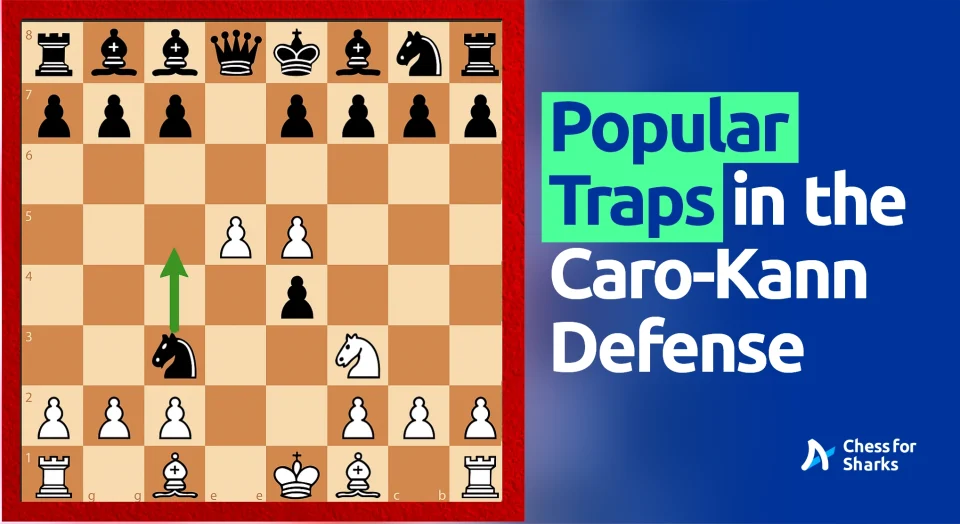

join the conversation